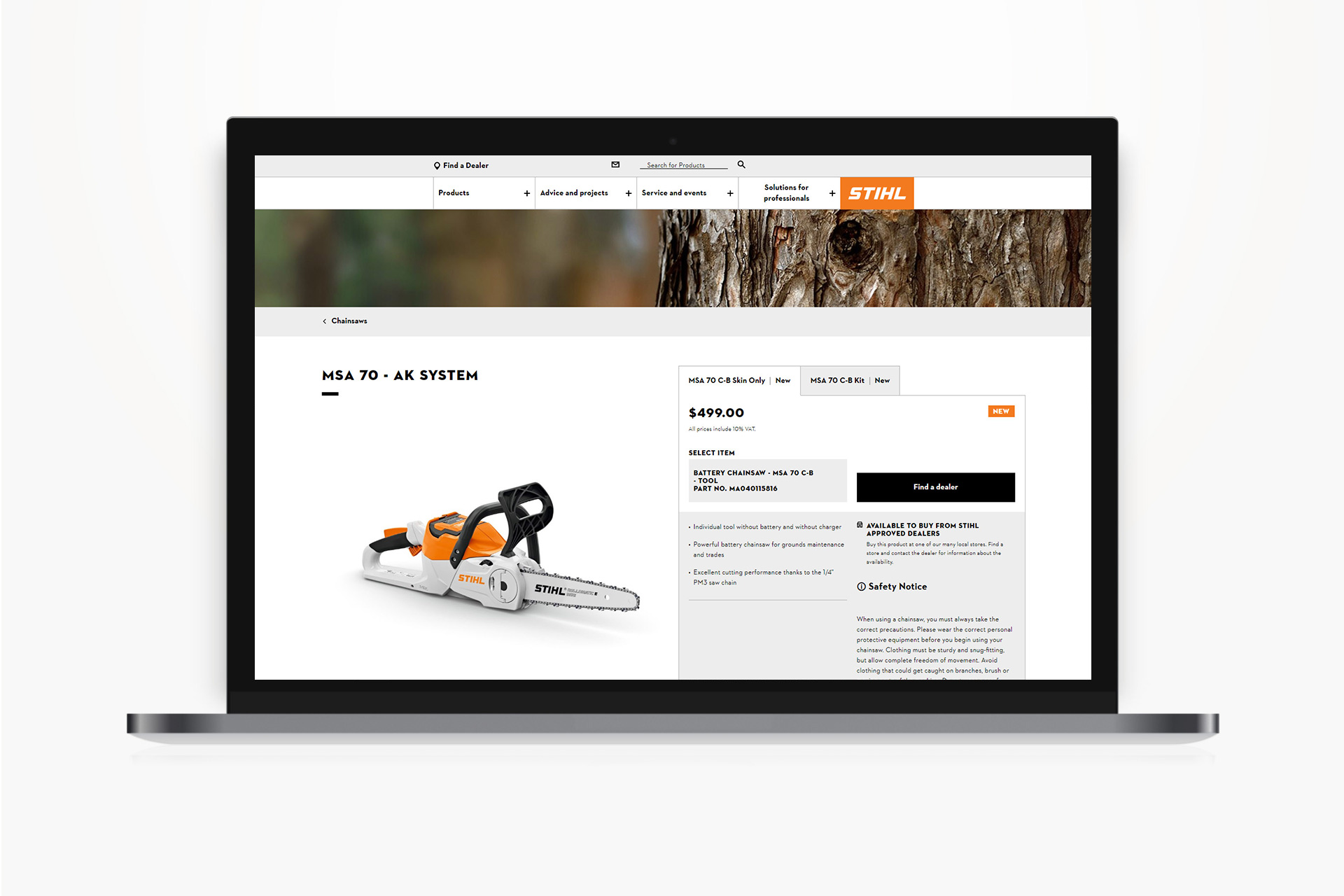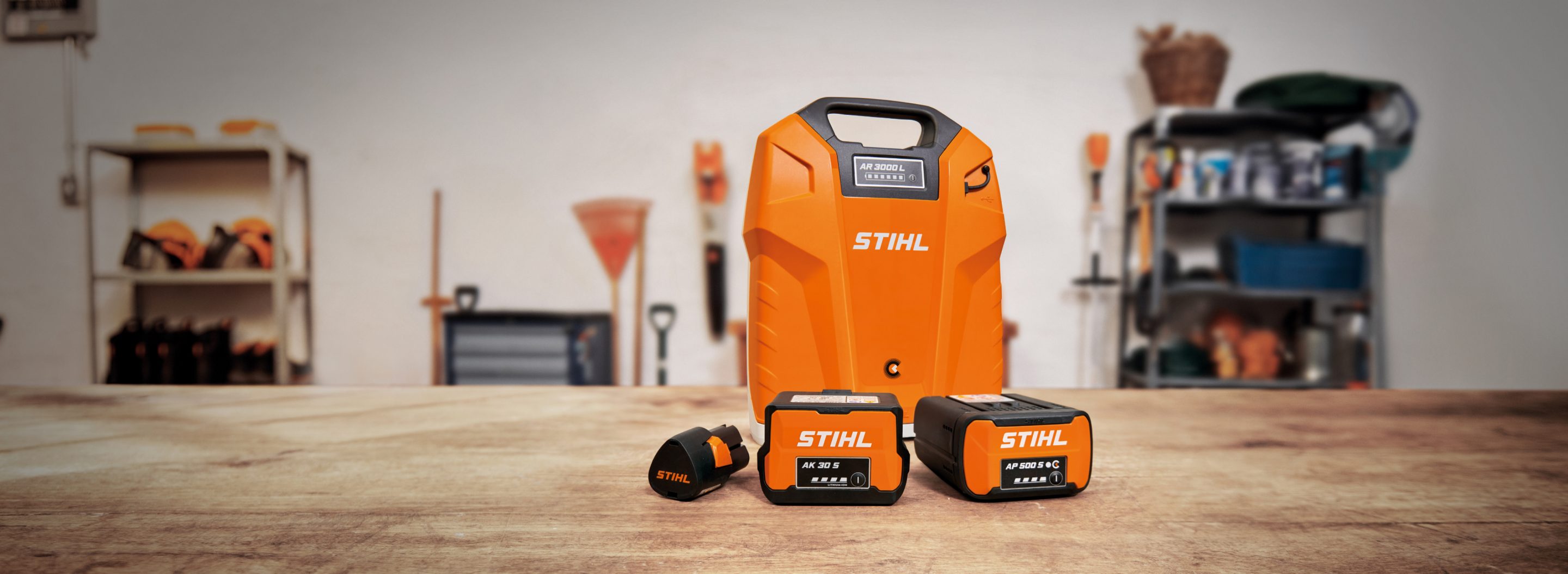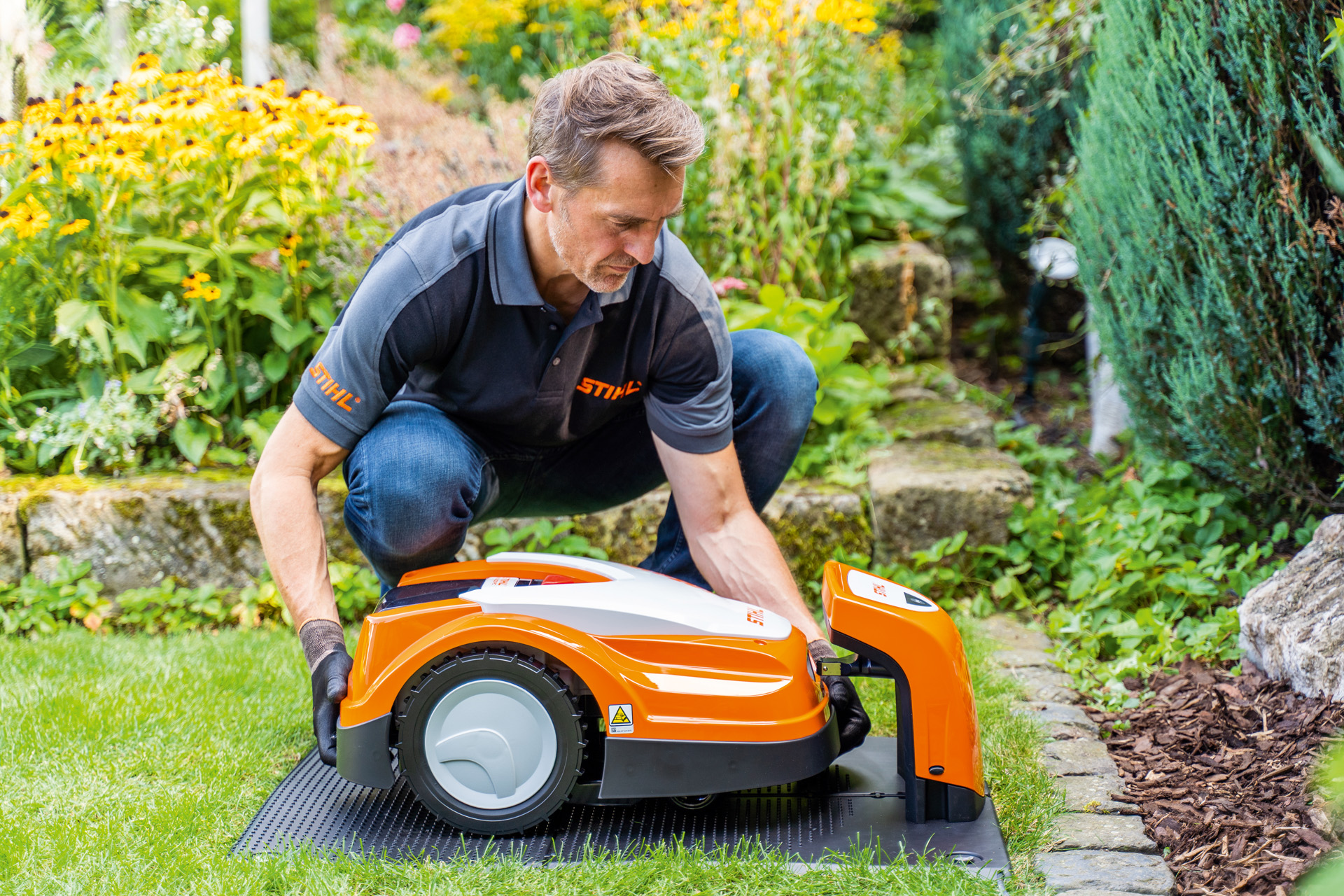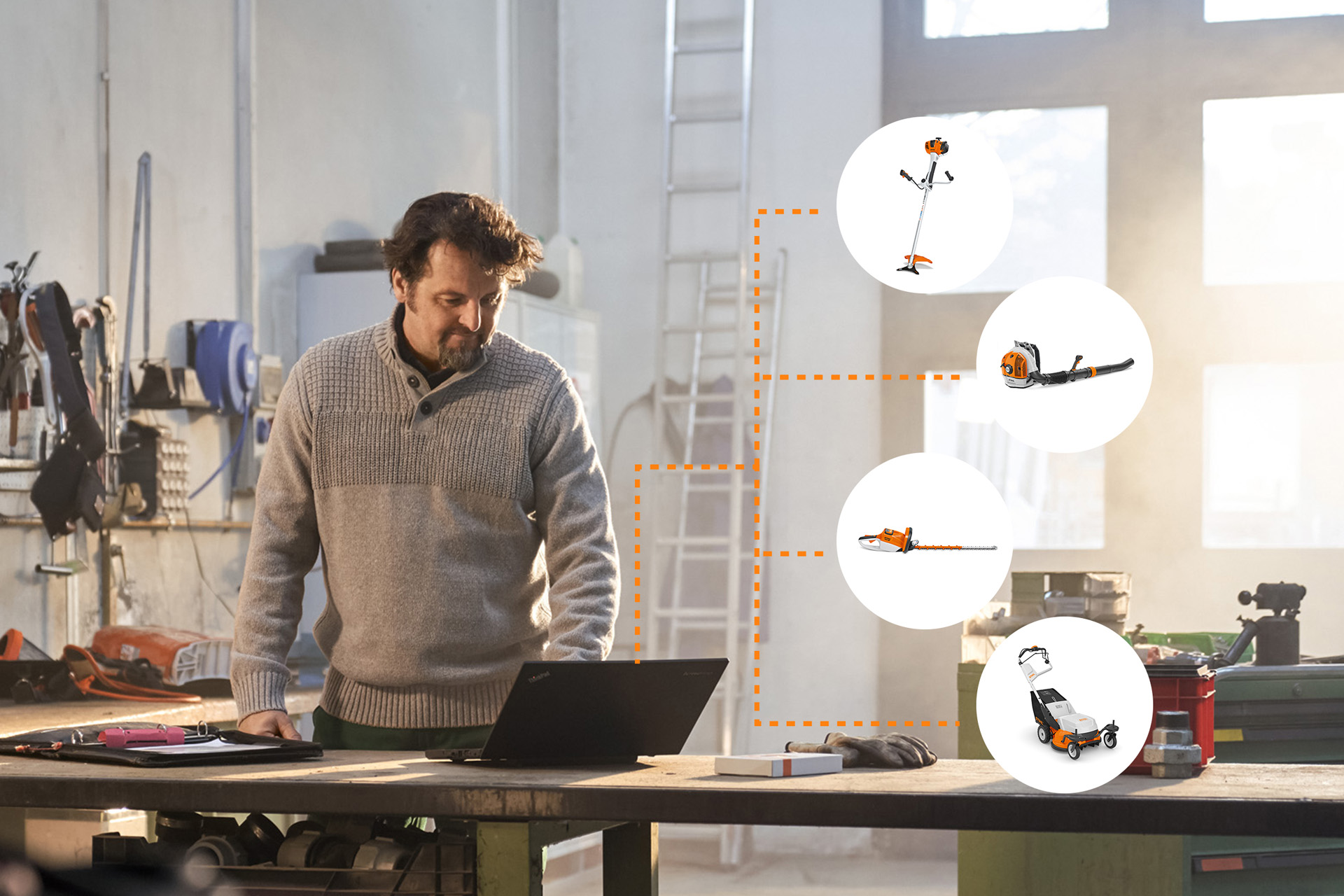FAQ – Frequently Asked Questions & Answers

Website
Find the answers to our most frequently asked questions relating to our website – covering topics from our product range, newsletter, Battery recycling and STIHL data privacy.
Everything you need to know about the STIHL website

STIHL Battery Technology
Find out more about STIHL Battery Power Tools and what you should know about their running and charging times, operation, and functionalities.
Find out more about STIHL Battery Power Tools

STIHL iMOW® robotic lawn mower services
Your local iMow Dealer can help you find all the information you need about their installation, operation and maintenance.
Discover FAQs on ¡MOW® in your local participating Dealer

STIHL Connected
Smart networking and strength as a team – thanks to STIHL connected. Find the answer our most frequently asked questions about our digital "STIHL Connected" system for efficient power tool management.
Find out more about STIHL Connected